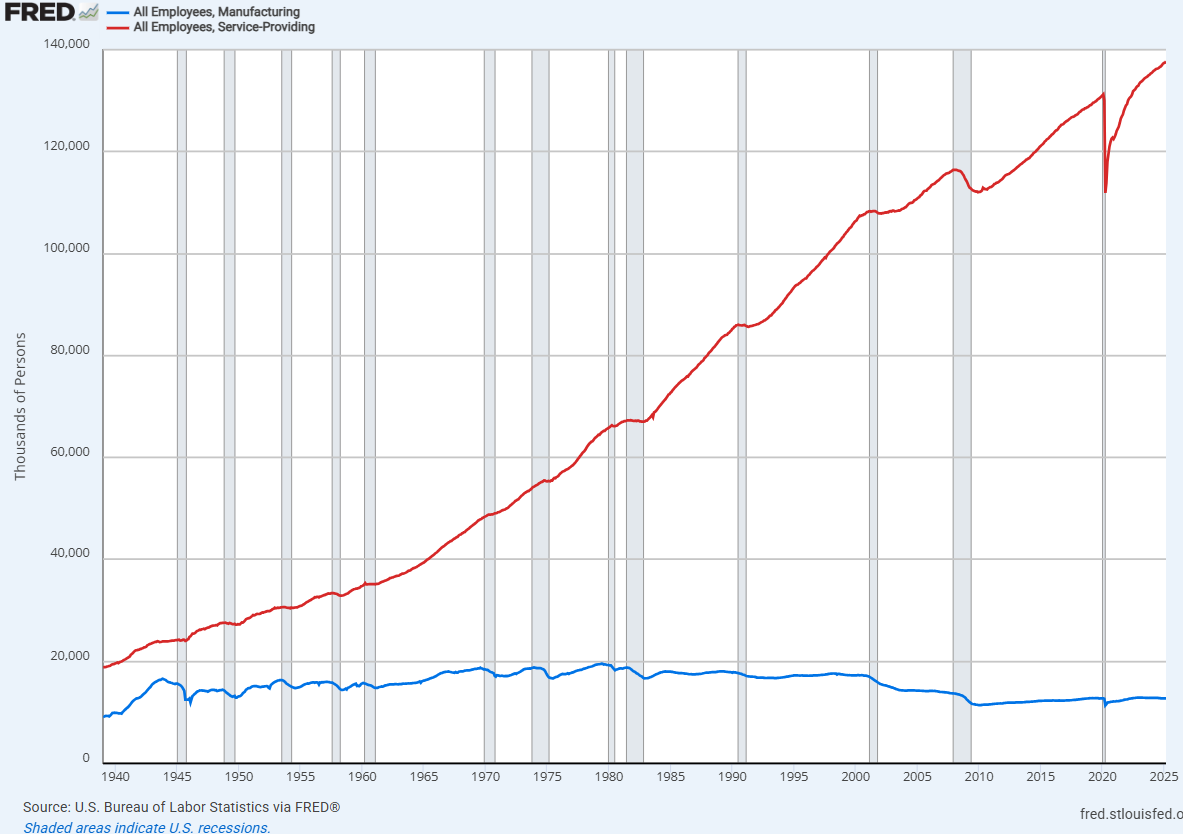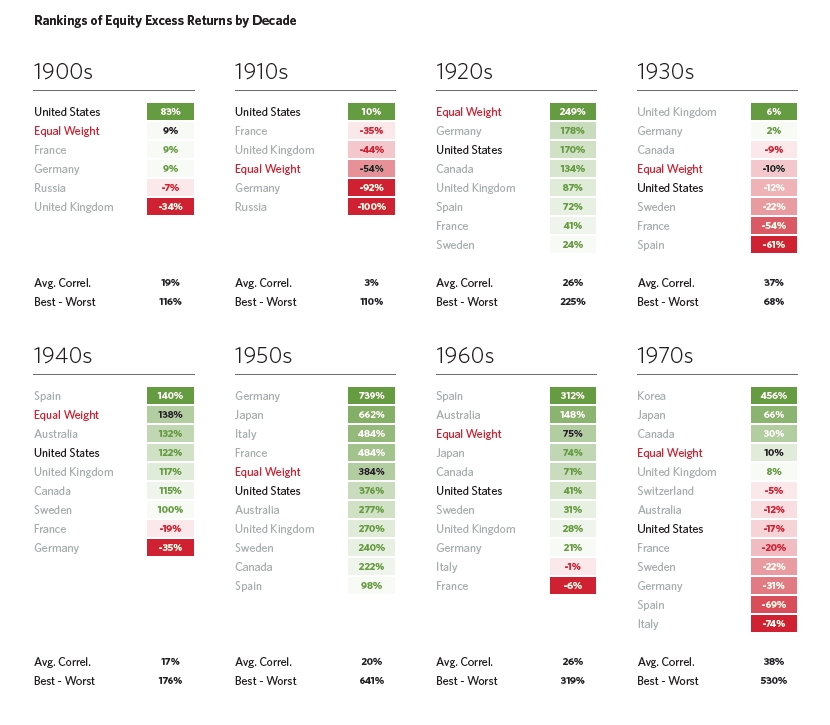Stock Splits Matter: Here’s What’s Coming Up Soon
Here is a look at why companies split their stocks and why it matters. Plus, upcoming stock splits to watch from a Coca-Cola bottler, Southern Copper, and more. The post Stock Splits Matter: Here’s What’s Coming Up Soon appeared first on 24/7 Wall St..

While stock splits are not as common as they were a couple of decades ago, a number of notable ones have happened in the past year. They include those from Broadcom, Chipotle Mexican Grill, Sony, and Walmart.
24/7 Wall St. Key Points:
-
Here is a look at why companies split their stocks and why it matters.
-
Plus, upcoming stock splits to watch from a Coca-Cola bottler, Southern Copper, and more.
-
Take this quiz to see if you’re on track to retire. (sponsored)
Perhaps the most anticipated of the year was the 10-for-1 split from artificial intelligence darling Nvidia Corp. (NASDAQ: NVDA) last June. This was at about the time the stock lost its abundant momentum. Afterward, shares traded mostly between $99 and $135 apiece, until October. However, investor concern about delays in new chip shipments likely had a bigger impact on shares than the stock split.
So why the renewed interest in stock splits? Do they even matter?
What Is a Stock Split?

When a company effectively divides each share of its stock into two or more shares, the stock is said to have split. Looked at another way, the company issues additional shares to each shareholder proportionally based on their holdings. While the change lowers the value of each share, note that the value of an investor’s holdings remains the same, and the stock’s overall market value also remains the same.
The most common stock split ratios are two for one and three for one. That means each share an investor holds effectively becomes two or three shares. In other words, a two-for-one (2:1) split doubles the number of shares held while the value of each share likely is halved.
A reverse stock split works in the opposite direction. For instance, a one-for-two (1:2) split would reduce the number of shares held by half, but the value of each remaining share would increase. It is one way for companies to avoid having so-called penny stocks and to meet listing requirements.
Why These Splits Matter

As mentioned, a stock split does not change the value of the company. And research shows that, overall, post-split performance is evenly enough divided into upside and downside as to suggest that the changes are irrelevant. These splits are more about the sentiment for the company and its stock, a way to encourage investor interest with a sign that management is positive about prospects for the company. If investors didn’t notice or care about stock splits, presumably they wouldn’t make headlines. And companies might not even bother to make the change.
Why Do Companies Split Stocks?

Splitting a stock makes shares more liquid, meaning more easily traded, and therefore increases trading volume. When a company’s share price rises significantly, that company may want to make shares more attractive to retail investors. Management often may have a target price range, and splitting the stock keeps the share value in that range.
Companies may also announce stock splits for media attention. In fact, companies do often see a boost in the share price after making such an announcement, due to increased investor excitement. Furthermore, splitting a stock may be a way for management to signal its expectations for future growth, also increasing demand for the stock.
Notable and Upcoming Splits

Some of the most notable splits include a seven-for-one split in 2014 by Apple Inc. (NASDAQ: AAPL). The share price increased afterward and pushed the market cap above $700 billion. That same year, Google, now Alphabet Inc. (NASDAQ: GOOGL), had a two-for-one split that had little impact on the share price but created a new class of shares. The Tesla Inc. (NASDAQ: TSLA) five-for-one split in 2020 sent shares soaring and pushed its market cap over $400 billion. However, when Amazon.com Inc. (NASDAQ: AMZN) had a two-for-one split in 1999, shares plunged afterward.
Here are some notable stock splits coming in the next few weeks to keep an eye on:
| Stock | Split | Date |
|---|---|---|
| DDC Enterprise Ltd. (NYSE: DDC) | 1:25 | April 21 |
| MicroCloud Hologram Inc. (NASDAQ: HOLO) | 1:40 | April 21 |
| Better Choice Co. Inc. (NYSE: BTTR) | 0.74:1 | April 22 |
| Seres Therapeutics Inc. (NASDAQ: MCRB) | 1:20 | April 22 |
| Safe & Green Development Corp. (NASDAQ: SGD) | 20:21 | April 23 |
| Easterly Government Properties Inc. (NYSE: DEA) | 1:2.5 | April 28 |
| Steakholder Foods Ltd. (NASDAQ: STKH) | 1:5 | April 28 |
| Naas Technology Inc. (NASDAQ: NAAS) | 1:4 | April 28 |
| Southern Copper Corp. (NYSE: SCCO) | 0.99:1 | May 2 |
| Coca-Cola Consolidated Inc. (NASDAQ: COKE) | 0.1:1 | May 27 |
Though nothing has been announced, rumored stock splits this year worth watching for include Booking, Meta Platforms, Netflix, and Salesforce.
One Stock Split Stock That’s a Steal at Any Price
The post Stock Splits Matter: Here’s What’s Coming Up Soon appeared first on 24/7 Wall St..



































































































































































